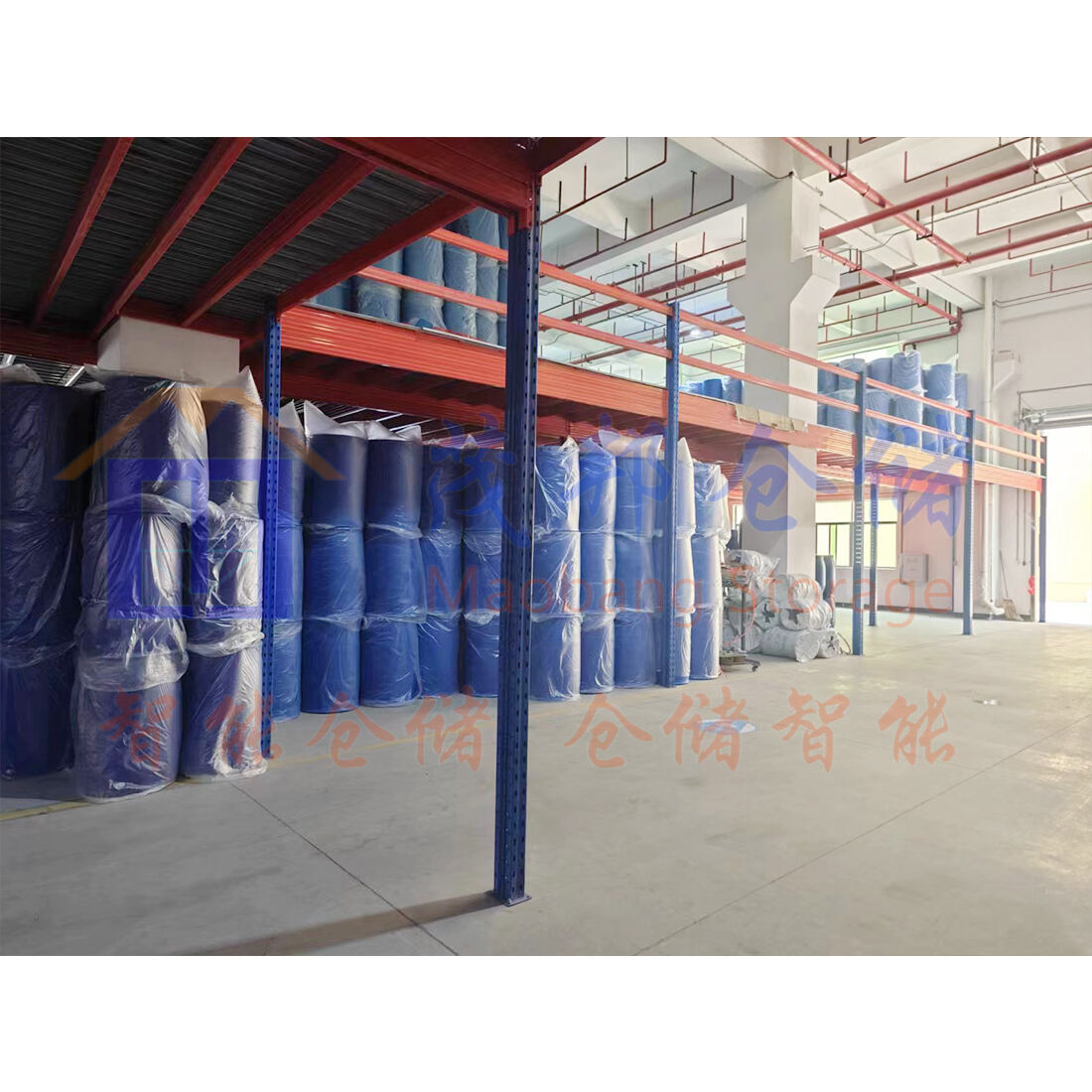Nelle moderne condizioni di logistica e pianificazione della movimentazione magazzino, l'aumento della velocità e precisione del picking è un elemento chiave per il successo delle operazioni. Ottimizzando non solo la configurazione dell'archiviazione, ma riducendo anche in modo significativo gli errori, si risparmiano tempo e costi. Attraverso l'applicazione di soluzioni intelligenti di stoccaggio, le aziende possono garantire un funzionamento del magazzino fluido e ad alte prestazioni.
Pianificazione Strategica del Layout per un Flusso di Lavoro Ottimale
Un layout ben progettato nel magazzino riduce al minimo i movimenti non necessari e accorcia i percorsi di prelievo. I magazzini possono ridurre il tempo impiegato dai lavoratori negli spostamenti posizionando i prodotti con maggiore richiesta in aree facilmente accessibili, oltre a organizzare i prodotti in base alla frequenza di prelievo. Soluzioni di stoccaggio modulari e scaffalature regolabili possono essere riorganizzate in modo flessibile in base alle variazioni dei requisiti di inventario, mantenendo il layout aggiornato rispetto alle effettive esigenze operative.
Migliorata Visibilità e Sistemi di Etichettatura
Per ridurre al minimo gli errori di prelievo, è necessario che la visibilità sia chiara e le etichette accurate. Un sistema di stoccaggio adeguatamente progettato dispone di strumenti di etichettatura intuitivi e indicatori direzionali che aiutano il personale a trovare e riconoscere gli articoli in pochi secondi. L'accesso visivo è migliorato da scaffalature aperte e corsie larghe, mentre design compatibili con codici a barre e RFID permettono l'aggiunta di dispositivi di tracciamento digitale, riducendo ulteriormente il numero di errori manuali.
Progettazione ergonomica per ridurre la stanchezza
Configurazioni di stoccaggio ergonomiche riducono l'affaticamento dei lavoratori e aumentano la produttività. Scaffali alti, scaffali regolabili in altezza, scaffali a facile portata e piattaforme mobili di accesso sono caratteristiche che consentono agli operatori di lavorare in modo comodo ed efficiente. Un carico fisico minore permette a queste soluzioni di aiutare il personale a rimanere concentrato e preciso per periodi prolungati.
Configurazioni di Stoccaggio Scalabili e Adattabili
I sistemi di stoccaggio devono essere in grado di adattarsi ai cambiamenti delle esigenze aziendali per supportare le operazioni correnti. Le strutture modulari sono facilmente espandibili o modificabili e consentono di gestire la crescita e le variazioni stagionali. I sistemi adattabili possono essere ampliati o regolati rapidamente, in modo che i magazzini non siano mai disorganizzati o inefficienti man mano che le linee di prodotto evolvono e i tassi di rotazione fluttuano.
Integrazione con strumenti digitali di gestione
I sistemi di stoccaggio moderni sono progettati per integrarsi con i sistemi digitali di gestione del magazzino. Grazie alla loro capacità di integrarsi perfettamente con il software di inventario, queste soluzioni permettono aggiornamenti in tempo reale, notifiche automatiche di riapprovvigionamento e decisioni basate sui dati. Le capacità fisiche di stoccaggio e gli strumenti digitali si completano a vicenda per migliorare velocità e precisione nel soddisfare gli ordini.
Un sistema di stoccaggio efficiente è un mezzo efficace per garantire una lavorazione degli ordini più rapida e precisa. Pianificando in modo intelligente layout, visibilità, ergonomia e flessibilità, le aziende possono creare un'operatività snella che soddisfi le esigenze attuali e guardi avanti verso futuri ampliamenti. La capacità di investire nell'infrastruttura di stoccaggio appropriata è uno degli elementi principali che influenzano l'efficienza e la precisione a lungo termine nei magazzini e nella distribuzione.

 EN
EN
 AR
AR
 FR
FR
 DE
DE
 EL
EL
 IT
IT
 JA
JA
 KO
KO
 PT
PT
 RU
RU
 ES
ES
 SV
SV
 TL
TL
 ID
ID
 VI
VI
 TH
TH
 MS
MS
 HMN
HMN
 KM
KM
 LO
LO
 MR
MR
 TA
TA
 MY
MY
 SD
SD




